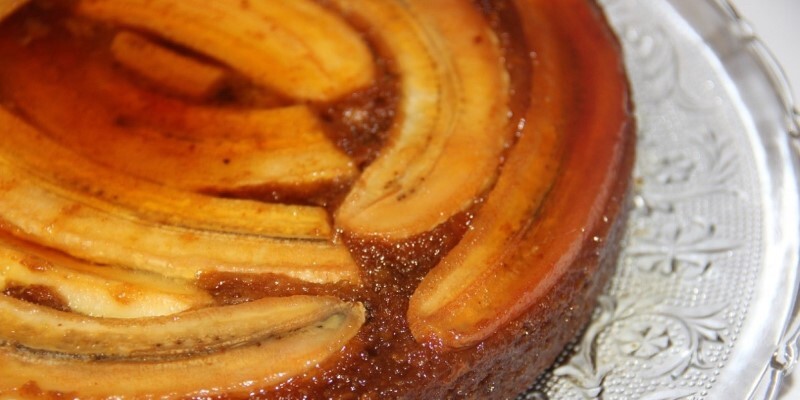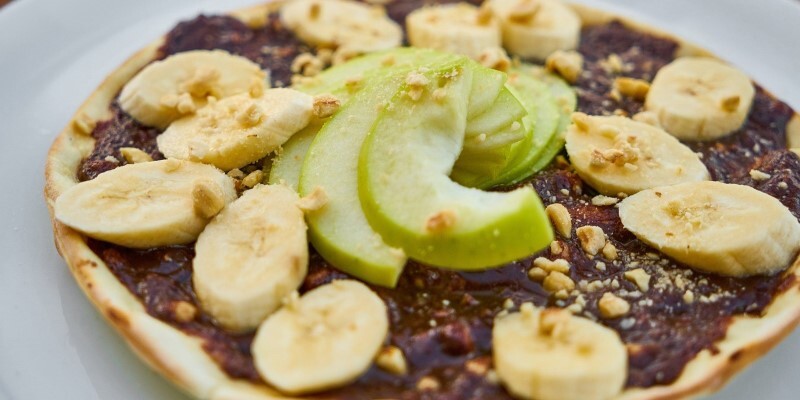Meet Isoamyl Acetate, the Banana-Flavored Molecule You Love to Hate
Sep 14, 2023 By Triston Martin
Have you ever wondered why banana-flavored candies, sweets, and even pudding taste quite different from the actual fruit? Well, you will be surprised to know there is, after all, a history of why it is actually the way it is.
We understand this question arises more often now when the bananas in the market don’t taste like they used to when we grew up remembering a very distinct taste and smell. So, let’s find out the significance of isoamyl acetate in the banana flavoring and whether it is just banana extract or a chemical ester that does the trick.
The Star of the Story – The Fruity Esters
Bananas first came to the States in the mid-1800s when they were known as the Gros Michel or Big Mike variety. The banana extract was taken from this variant for artificial flavoring for a long time. It wasn't until the late 1950s that isoamyl acetate was chemically produced to taste like a banana, even if it is what makes the actual fruit unique.
The Gros variant had the highest concentrations of isoamyl acetate, which faded with time, and the same concentrations aren’t in the modern bananas. Isoamyl acetate, an ester, and an organic molecule, is commonly produced in flowers and fruits.
Flowers produce it for insect attraction to help pollinate, while in fruits, it helps them to decompose easily as it eats the sugars in fruits, especially bananas.
The funny thing is that bananas aren’t the only fruit concentrated in isoamyl acetate; they are also found in rums and typical beer. You can find it in these products because it helps to eat sugar to produce CO2 and alcohol.
So, when you know that isoamyl acetate is found in many fruits and not just banana extract. You will get to know that that’s why most beer and alcohol have fruity flavors because of this very reason.
Why Did Gros Michel Fade Away?

The Big Mike variant became extinct due to the fusarium oxysporum bug and a fungus that also produced fusarium, which destroyed this variant. It quickly spread across Africa, Australia, and later Latin America, and finally, in the 1950s, it was wiped out, never to be seen again.
The bananas you see now are the offshoot of the Suckers variant that initially grew at the bottom of the banana tree. The less tasty variant and lesser in isoamyl acetate molecule was the Cavendish. It is pretty resistant to fusarium because of its thicker skin and is closer in taste to modern candies than today's bananas.
Now, you can hardly find a plant of Big Mike that you can use to create banana extract having the signature taste to produce isoamyl acetate and eventually the flavor we all love and admire.
Is Banana Extract with Isoamyl Acetate from Gros Michel?
You might have heard from many of your friends and family that artificial flavoring is unnatural and is a far cry from actual bananas. Now, the present bananas might not taste like that, but isoamyl acetate has been perfected into what we taste in milkshakes, juices, and other candies.
Due to the demise of Big Mike, we don't have an authentic source to compare it with, and we have the less tastier Cavendish to rely on. Though the smell is more than the taste of banana extract where isoamyl acetate is concerned, it is the same, especially if you let it ripen a bit.
Most Common Uses of Banana Extract and Flavoring
It has been used in the industry in various ways, and a slight change in the chemistry can create a range of different tastes and smells. This has allowed banana extract to be used in a multitude of flavors.
Juices
You can find in multiple juice brands where it isn't too sweet that it becomes overbearing but just enough to give you the perfect tropical note we all love. In most cases, the banana extract is used in more than one type of fruit juice to enhance the flavor masked by other ingredients, yet they taste best. So consider this concept when drinking berry mixes or other tropical fruit mixes next time.
Baked Goods

Do you remember banana bread? Many love and adore it and have made it a staple food in their lives. So, whether you are looking at cupcakes or baked other goodies, you will find isoamyl acetate a big part of their flavoring. Not just that, banana extract has been known to be found in different cake frostings and some icings.
Confectionaries and Candies
Typical banana candies definitely have banana extract and isoamyl acetate in them, making them one of the most common and favorite ingredients. So, whether they are in gummy form or other types of hard candies, we all love them.
In other cases, it is mixed with other fruit flavors to give them a unique taste, as mentioned in the Juices section. More and more companies are experimenting with the flavor, especially in bubble gums.
The Cosmetic Industry
Lip glosses have recently become a norm among both sexes, and most of them come with banana flavoring and smell. Among Bananas, cherries, and strawberries are other great examples of these fruity flavors. So now you will find more and more tastes in the market regarding cosmetics.
Final Thoughts
There is little need to argue whether Big Mike is the origin of banana extract and our most common isoamyl acetate flavoring. We all love and adore the artificial banana flavoring in our juices and candies, among other things. So what if the actual banana doesn’t taste like the flavoring? Why can we not have both tastes and variants?
We hope this deep dive into isoamyl acetate and banana extracts has been really beneficial for you.








